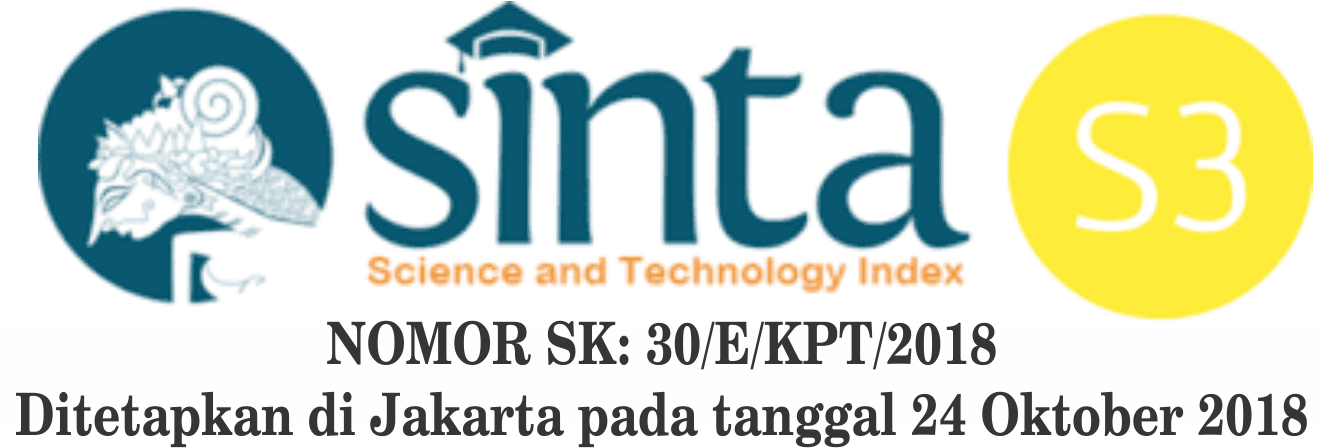Bibliometric Analysis of Social Sciences
Abstract
This study aims to determine the outcomes of research conducted by students in the Faculty of Social Sciences between the academic years of 2018 and 2020, as well as the suitability of those results, which includes: the scientific field studied, what topics are saturated and no longer in demand, and the trend of topic distribution growing. At this study, the Deway Decimal Classification (DDC) standard was used to map out the distribution of research fields among students in the Faculty of Social Sciences. In order to develop the roadmap for each study program at the Faculty of Social Sciences, State University of Medan for the upcoming student research, this research combines quantitative and qualitative methods to determine the distribution of thesis research topics. The thesis sample data obtained from the Medan State University Repository was processed using the VosViewer program by means of the data first tabulated with the help of M.S. Excel and the Open Refine Application then analyzed descriptively qualitatively. According to the study's findings, Medan State University's Faculty of Social Sciences will have graduated 1,341 theses between 2018 and 2020 consisting of the History Education Study Program, Geography Education, Anthropology Education and Civics Education. According to data from a mapping of scientific fields based on DDC that depicts the research areas of each study program in the Faculty of Social Sciences, education, research, related historical topics, geography education, national and ethnic groups, and citizenship and related topics are the ones that students are most interested in researching.
Keywords
Full Text:
PDFReferences
Dewey, M. (2011). Dewey Decimal Classification And Relative Index (23rd ed.). Online Computer Library Center.
Fakultas Ilmu Sosial. (2022). Visi, Misi, dan Tujuan. Universitas Negeri Medan. https://fis.unimed.ac.id/visi-misi-dan-tujuan/#
Gie, T. L. (1999). Pengntar Filsafat Ilmu. Liberty.
Hidayat, A. (2012). Penjelasan Analisis Deskriptif dan Tutorialnya Dengan Excel. https://www.statistikian.com/2012/10/analisis-deskriptif-dengan-excel.html
Library of Congress. (2000). Library of Congress Subject Headings (23rd ed.). Library of Congress, Cataloging Distribution Service.
Muljono, P., Sujana, J. G., & Prabowo, B. (2009). Metodologi Penelitian dan Laporan Kearsipan (1st ed.). Universitas Terbuka.
Pattah, S. H. (2013). Pemanfaatan Kajian Bibliometrika sebagai Metode Evaluasi dan Kajian dalam Ilmu Perpustakaan dan Iinformasi. In Jurnal Ilmu Perpustakaan & Informasi KHIZANAH AL-HIKMAH (Vol. 1, Issue 1).
Purwoko. (2019). Mengenal fitur Vosviewer dan arti visualisasinya #1. http://www.purwo.co/2019/05/mengenal-fitur-vosviewer-dan-arti.html
Rachmaningsih, D. M. (2022). Pemetaan Literatur dalam Tesis Manajemen Informasi Perpustakaan. IKOMIK: Jurnal Ilmu Komunikasi Dan Informasi, 2(1), 48–54. https://doi.org/10.33830/ikomik.v2i1.2377
Rahayuningsih. (2007). Pengelolaan Perpustakaan (ed). Graha Ilmu.
Rahmaida, R. (2017). Pemetaan struktur bidang ilmu menggunakananalisis jejaring Sosial: Perubahan bidang ilmu publikasi penelitiankelautan dan perikanan Indonesia. BACA: Jurnal Dokumentasi Dan Informasi, 38(1), 1–14.
Soekanto, S. (1993). Kamus Sosiologi. Raja Grafindo.
Sugiyono. (2014). Metode Penelitian Manajemen: Pendekatan kuantitatif,kualitatif, kombinasi, penelitian tindakan, penelitian evaluasi. Alfabeta.
Supardan, D. (2017). Pengantar Ilmu Sosial. Bumi Aksara.
Tupan. (2016). Pemetaan bibliometrik dengan vosviewewr terhadap Perkembangan Hasil Penelitian Bidang Pertanian Di Indonesia. Visi Pustaka, 18(3), 217–230.
Tuwaji. (2019). Studi Bibliometrik dan Sebaran Topik Koleksi Khusus Bagi Civitas Akademika STAIN AL-Fatah Jayapura Tahun 2007-2017 (Sekarang IAIN Fattahul Muluk Papua). VISI PUSTAKA: Buletin Jaringan Informasi …, 21(1), 5–20.
Zen, Z. (2009). Klasifikasi DDC 22. Program Studi Ilmu Perp. FIB UI.
DOI: https://doi.org/10.24114/jupiis.v14i2.39526
Article Metrics
Abstract view : 237 timesPDF - 112 times
DOI (PDF): https://doi.org/10.24114/jupiis.v14i2.39526.g19838
Refbacks
- There are currently no refbacks.
Copyright (c) 2022 JUPIIS: JURNAL PENDIDIKAN ILMU-ILMU SOSIAL

This work is licensed under a Creative Commons Attribution 4.0 International License.
JUPIIS: Jurnal Pendidikan Ilmu-ilmu Sosial

This work is licensed under a Creative Commons Attribution 4.0 International License


